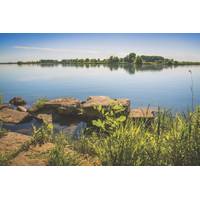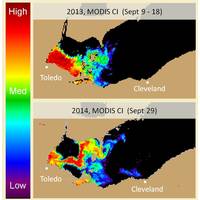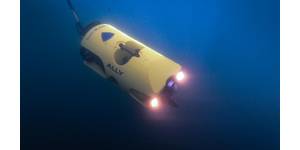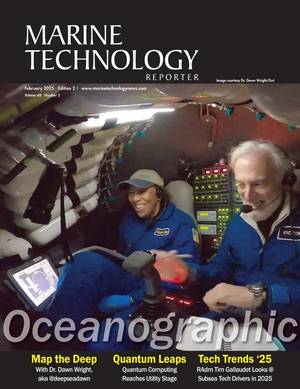
Erie Hack: The Start to the Smart Lake
teams and a handful of strategically positioned companies and research groups to populate this smaller challenge with pilot projects with the capacity to monetize and scale. CWA and DigitalC are working with key local stakeholders at the City of Sandusky, Bowling Green State University, Heidelberg University and Great Lakes Observing System to enable participating teams to deploy their systems at existing research sites. These deployments will last up to a month and enable teams to leverage both their own data and data collected by research partners in their analytics. Teams will

Severe Algal Bloom Predicted for Lake Erie
;s National Centers for Coastal Ocean Science (NCCOS), the University of Michigan, LimnoTech, the University of Michigan Cooperative Institute for Limnology and Ecosystems Research, and the NOAA Great Lakes Environmental Research Laboratory (GLERL). The models use nutrient load data collected by Heidelberg University’s National Center for Water Quality Research. “Last summer’s Toledo water crisis was a wake-up call to the serious nature of harmful algal blooms in America’s waters,” said Jeff Reutter, Ph.D., senior advisor to, and former director of, The Ohio State

Toxic Algal Bloom Predicted in Western Lake Erie
year marks the second time NOAA has issued an annual outlook for western Lake Erie. The forecast, made possible using NOAA models developed by scientists from the National Centers for Coastal Ocean Science (NCCOS), uses an 11-year data set of nutrients flowing into Lake Erie, collected by the Heidelberg University’s National Center for Water Quality Research , and analysis of satellite data from the European Space Agency’s Envisat. In addition to the satellite monitoring of the lake, NOAA’s Great Lakes Environmental Research Laboratory , Ohio State University’s Sea Grant

 February 2025
February 2025





